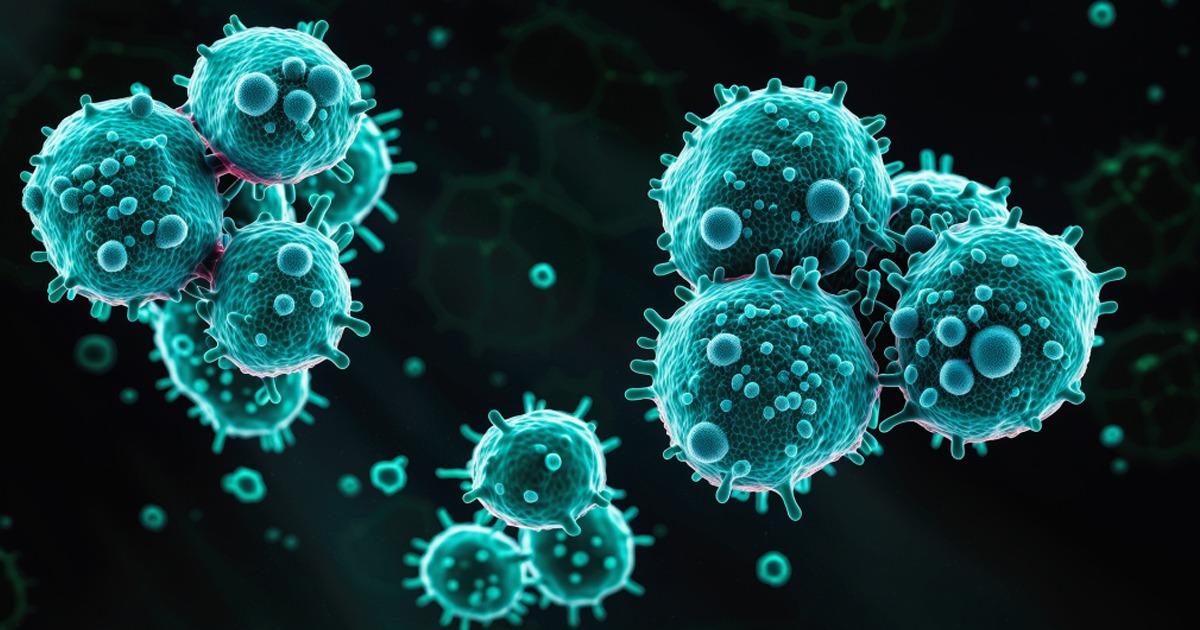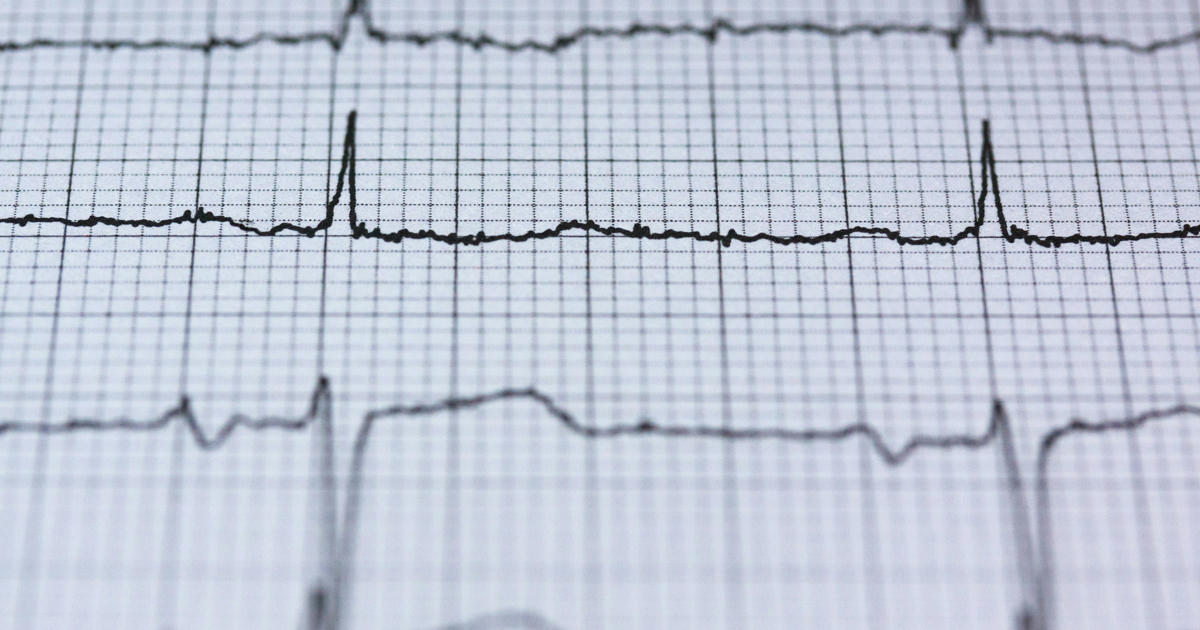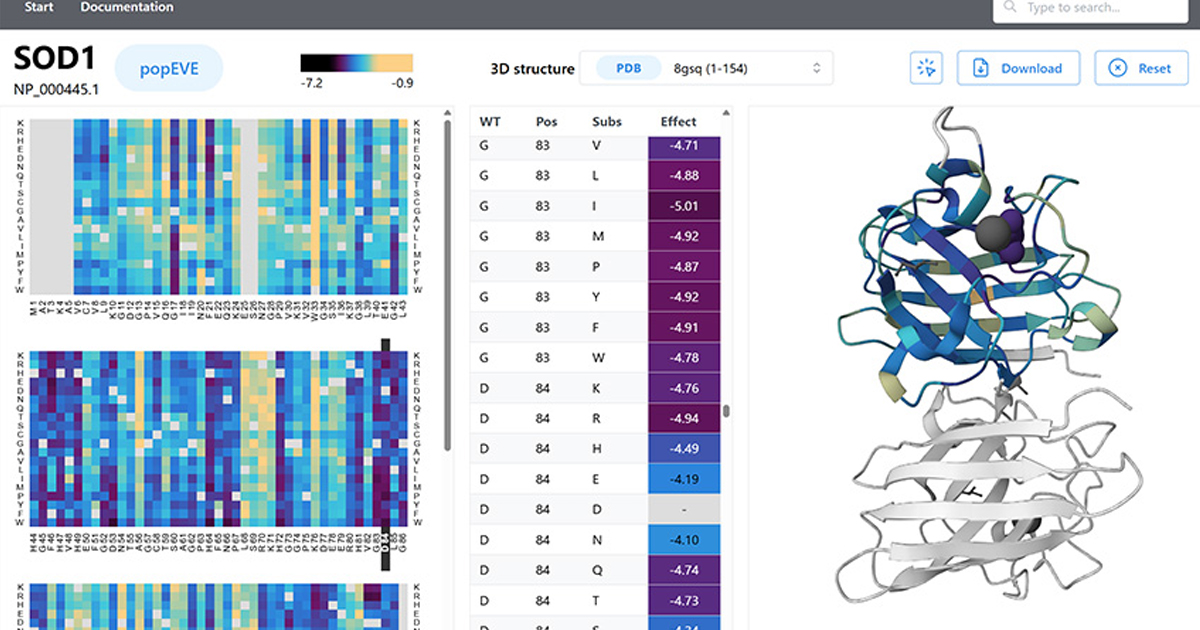El desarrollo de un nuevo algoritmo, específicamente en la plataforma Twitter, podría lograr identificar a usuarios que presenten signos de ansiedad y depresión, y de esta forma ayudarlos preventivamente.
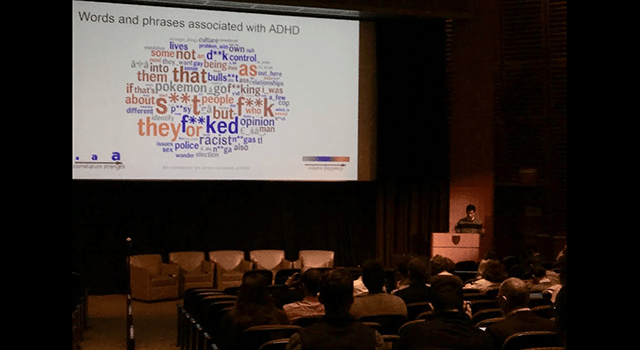
According to a study by Penn Medicine “se descubrió que los usuarios de Twitter con depresión y ansiedad tenían más probabilidades de publicar imágenes con valores estéticos bajos y colores menos vivos, particularmente imágenes en escala de grises”.
Los resultados muestran que los usuarios, además del tipo de imágenes que comparten, tienen particularidades en las formas en que presentan sus fotos: suelen suprimir emociones positivas y en su caso, evidenciar las negativas, como fruncir el ceño o presentarse totalmente serios, lo cual determina signos de depresión o “afectación emocional”.
Como procedimiento, se trabajó con inteligencia artificial y visión por computadora; se analizaron las fotografías publicadas, en específico las de perfil utilizadas en la plataforma para determinar las cualidades que podrían asociarse con estos padecimientos. El objetivo principal es “utilizar la red social como método de detección y prevención para la ansiedad y la depresión”, de acuerdo con la información que se dio a conocer en una de las ponencias que formaron parte de la Conferencia Internacional AAAI sobre web y redes sociales.
El estudio realizado en 2018 por los investigadores de Penn Medicine expone que “la depresión podía predecirse hasta tres meses antes de un diagnóstico mediante el uso de inteligencia artificial para identificar palabras clave que marcaban a ciertos usuarios”.
Uno de los principales avances para la medicina y la relación con las redes sociales, es que, cada vez los estudios se centran más en las imágenes publicadas, permitiendo “obtener pistas sobre las condiciones de salud a través del contenido de la imagen” according with the study.
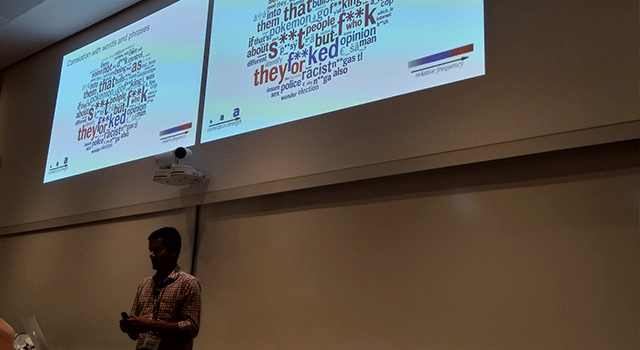
Según Sharath Guntuku, PhD, científico investigador del Centro de Digital Health de Penn Medicine, “si bien la asociación entre la depresión y los patrones de uso del lenguaje está bien estudiada, los aspectos visuales de la depresión no lo han sido” (…) “Es desafiante transformar los píxeles que forman las imágenes en características interpretables, pero con los avances en los algoritmos de visión por computadora, ahora estamos tratando de descubrir otra dimensión de la condición tal como se manifiesta en línea”.
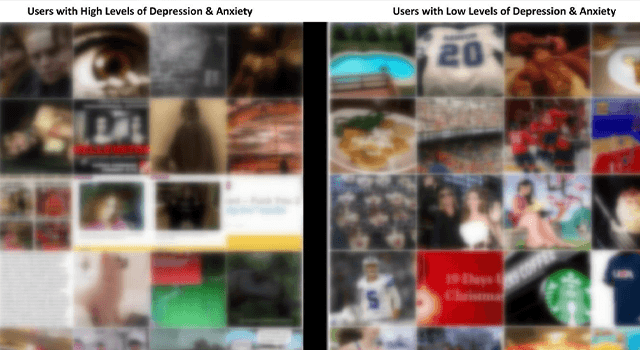

Colores, texturas, simetría, iluminación, profundidad de campo y expresiones faciales, son algunos de los factores que se han tomado en cuenta para lograr el algorithm que puede ayudar a expertos de la medicina a identificar ciertos problemas crónicos antes de que empeoren y lleven a las personas a tomar medidas drásticas.
Falta aún llegar a un acuerdo de privacidad en el que, tanto el uso de los algoritmos como la divulgación de la información recabada, sea aprobada personalmente por cada usuario.
Este estudio es un gran ejemplo en donde la Digital Health no afecta la vida cotidiana de los pacientes, pero obtiene datos importantes para poder ayudar en las labores de prevención de enfermedades y padecimientos.
DIGITAL JOURNALIST
PENN MEDICINE


